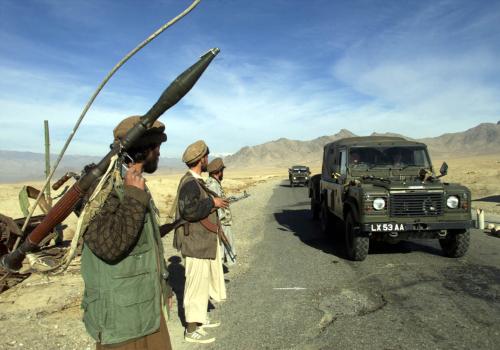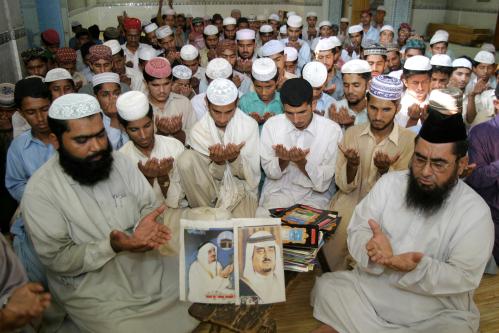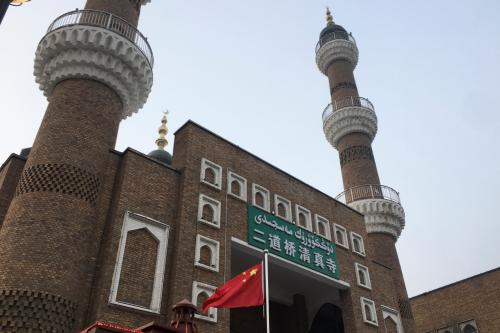Content from the Brookings Doha Center is now archived. In September 2021, after 14 years of impactful partnership, Brookings and the Brookings Doha Center announced that they were ending their affiliation. The Brookings Doha Center is now the Middle East Council on Global Affairs, a separate public policy institution based in Qatar.
Introduction
The rise of Islamic militancy in Pakistan during 2008 and 2009 and the resulting military operation in the Swat valley can be traced back to the inculcation of radical ideologies among the youth in the Frontier region. There has been considerable disagreement among analysts about the role of educational institutions, such as madrassas, in terrorism. In 2005, Peter Bergen and Swaty Pandey, in an influential series of articles, stated that concern over Islamic education was all a ‘madrassa myth.’ Basing their analysis on a controversial World Bank study about the actual number of madrassas in Pakistan, Bergen and Pandey had argued that “while madrassas are an important issue in education and development in the Muslim world, they are not and should not be considered a threat to the United States.” This is because of their relatively small number and since terrorists who attacked the West had largely not been educated in madrassas.
However, since many of the Swati militants and their minions have been traced back to madrassas, the pendulum has swung again. As NATO supply lines are targeted by such militants in Pakistan, analysts are now also discovering that civil strife in the Frontier region of Pakistan can be just as dangerous for Western interests. Madrassas are indeed a significant part of the conflict equation that needs to be considered dispassionately.
Focusing on the core problem of curricular reform and the career placement of graduates can provideus a path out of the current policy ambivalenceabout madrassas.
Most recently, there has been a tendency for
analysts to suggest that madrassas cansimply be ignored because they are relatively few incomparison to government or private schools.Such an approach is also misguided because it assumes that the absolute percentage of madrassas has some relationship to conflict development and also works under the false premise that merely building better alternative schools will move students away from madrassas. The strategy of ‘draining the swamp’ by establishing sparkling government schools alongside madrassas, which appears to be the current approach from development donors, is likely to have limited success. Madrassas will immediately resort to a defensive strategy of labeling the government schools in conspiratorial terms and still be able to recruit students quite zealously from religious families. Investment to improve education is needed across Pakistan in all kinds of schools, including madrassas. The only way to solve the madrassa problem is to engage in a process of reform that focuses on pluralism and conflict resolution skills that should be facilitated by the Pakistani government with the assistance of other Muslim countries and ulema.
This memorandum aims to provide recommendations to the Pakistani government and civil society as well as to U.S. policy makers and the international donor community regardingthe international donor community regarding madrassas in Pakistan. It is important to note that the madrassas are located all over Pakistan in rural and urban areas. However, some of the more prominent madrassas are located in urban centers such as Karachi, Lahore, and Islamabad, or in moderately sized urban centers of southern Punjab. Unlike the relatively “lawless” tribal areas, these madrassas exist in areas where the writ of the Pakistani government remains fairly strong. Students from even the tribal areas and remote parts of the Northwest Frontier Province are often sent to these madrassas for schooling, and thus a reform strategy presented in this policy brief is clearly implementable within the current dynamics of Pakistani state control.


